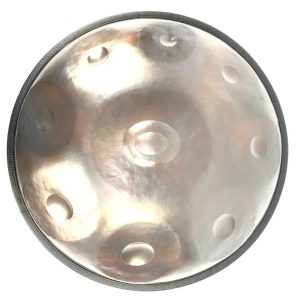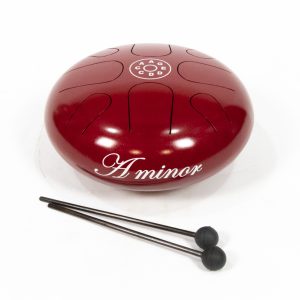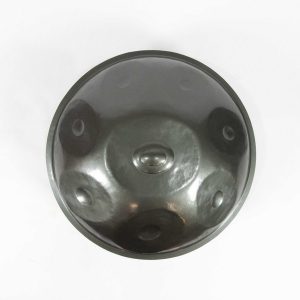Mini Xylophone
$30.00
Welcome to the enchanting world of music with our Mini Xylophone!
This compact and charming instrument is designed to bring joy and creativity to musicians of all ages. Its pocket-sized design allows you to carry the melodious magic wherever you go, making impromptu jam sessions a breeze.
Crafted with precision and care, the Mini Xylophone offers a delightful range of vibrant notes that resonate with every tap. Whether you’re a seasoned musician or just starting your musical journey, this versatile xylophone invites you to explore your musical talents and express your emotions through captivating melodies.
Perfect for encouraging creativity and musicality in children
Comes with a single striker.
Approximate Dimensions (L x W x H): 21cm x 13cm x 10cm
In stock
More Details
The xylophone has a rich and ancient history that dates back thousands of years. Its origins can be traced to different parts of the world, and various cultures have contributed to the development of this fascinating percussion instrument.
- Ancient Origins: The earliest known version of the xylophone can be traced to ancient Southeast Asia, particularly in present-day Indonesia, Malaysia, and the Philippines. These early xylophones were constructed using wooden bars of different lengths, suspended over resonators, and were known by various names such as “gangsa” or “gambang.”
- Africa: Xylophone-like instruments also have a long history in Africa. They were made using materials such as wood, gourds, or bamboo and played an essential role in traditional African music and ceremonies. These instruments were often called “balafons” in West Africa, “marimbas” in Southern Africa, and “gyil” in parts of West Africa.
- Influence on Other Cultures: The xylophone’s popularity and unique sound led to its spread to other parts of the world through trade and cultural exchange. As it reached different regions, various modifications and improvements were made to the instrument.
- Western Development: The modern orchestral xylophone, as we know it today, started to take shape in the 19th century in Europe. It was refined and standardized with the addition of a keyboard-like layout, resonators made of metal tubes, and the use of specific materials for the bars, such as rosewood.
- Contemporary Variations: In the 20th century, various new types of xylophones emerged, such as the “vibraphone,” which includes motor-driven rotating resonators with metal bars, and the “marimba,” which has a larger and deeper sound with resonators below the bars.
Today, the xylophone is an integral part of both traditional and modern music around the world. It is used in various musical genres, from orchestral and classical compositions to jazz, pop, and world music, making it a truly versatile and beloved instrument with a fascinating cultural heritage.
LISTEN TO THIS INSTRUMENT
We recommend using good quality headphones for all our sound grabs – they’re recorded at high quality for your listening pleasure!
NEED ADVICE?
You’re welcome to call us on 021 1567712 or email us info@africandrumming.co.nz





